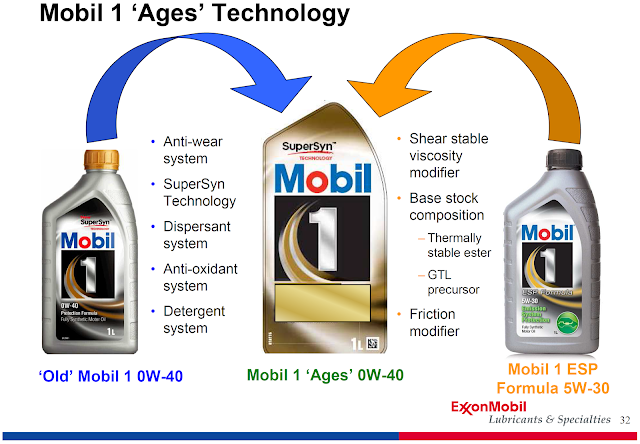Well, today that would most often be Polyisobutylene or Polyisobutene for google, and primarily in low smoke two stroke oils. http://www.basf-petronas.com.my/sites/default/files/BPC - HR PIB_final_Nov 17.pdf
Bigger brochure with handy tables has INEOS https://www.biesterfeld.com/fileadmin/documents/product/Indopol_Polybutene_Bulletin_07-07.pdf
For Le Mans obviously the molecular weights had been lower as they'd only used it for the chambers and not in the sump. Common two stroke oils would employ more viscous grades like HR-PIB 1000 or PIB 950. And as VII or thickeners in gear oils the viscosities / molecular weights would be much higher again. But in gear boxes the lines between VII and base become blurred anyway it seems: https://www.morrislubricantsonline.co.uk/lodexol-mtl.html
Beyond they also work as tackifiers and glue or to seal windows and roofs, and in aero fuels are meant to work as anti misting additives, I guess. There's also been talk about adding PIB or PB to diesel fuel for efficiency, actually prepared from solids to be dissolved, if I remember that right. A product – no idea, what to think of it: http://www.visconusa.com/nbc-2011-11-02
Otherwise to me it's quite fascinating stuff in a few ways, but it probably never took off as a "brightstock replacement", at least I never could identify a current four stroke PCMO or HDEO with the codes for it. An older Bel-Ray had one of the CAS-numbers, that's about it https://radelmarket.ru/upload/iblock/27f/safety_raylene_blend_10w30_engine_oil.pdf
Bigger brochure with handy tables has INEOS https://www.biesterfeld.com/fileadmin/documents/product/Indopol_Polybutene_Bulletin_07-07.pdf
For Le Mans obviously the molecular weights had been lower as they'd only used it for the chambers and not in the sump. Common two stroke oils would employ more viscous grades like HR-PIB 1000 or PIB 950. And as VII or thickeners in gear oils the viscosities / molecular weights would be much higher again. But in gear boxes the lines between VII and base become blurred anyway it seems: https://www.morrislubricantsonline.co.uk/lodexol-mtl.html
Beyond they also work as tackifiers and glue or to seal windows and roofs, and in aero fuels are meant to work as anti misting additives, I guess. There's also been talk about adding PIB or PB to diesel fuel for efficiency, actually prepared from solids to be dissolved, if I remember that right. A product – no idea, what to think of it: http://www.visconusa.com/nbc-2011-11-02
Otherwise to me it's quite fascinating stuff in a few ways, but it probably never took off as a "brightstock replacement", at least I never could identify a current four stroke PCMO or HDEO with the codes for it. An older Bel-Ray had one of the CAS-numbers, that's about it https://radelmarket.ru/upload/iblock/27f/safety_raylene_blend_10w30_engine_oil.pdf
Last edited:







